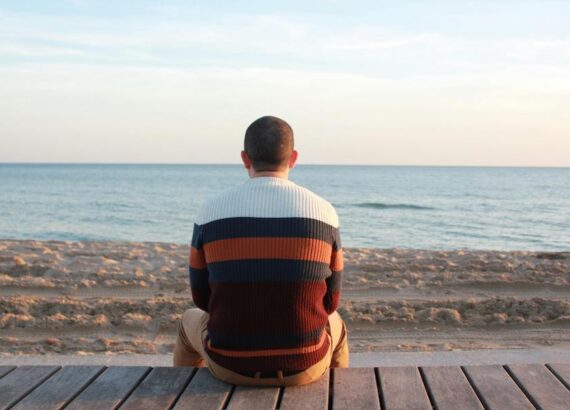9 Tips for Solo Camping and Hiking
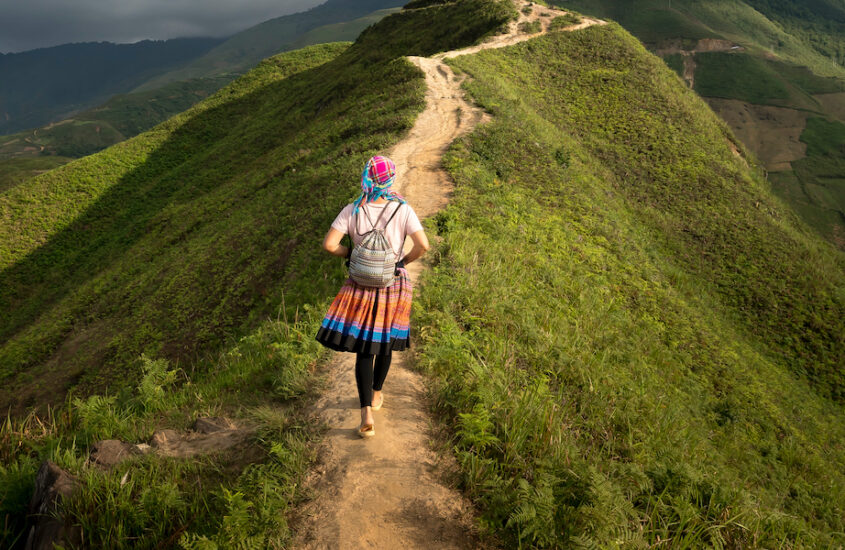
Exploring the great outdoors can be an exhilarating experience, especially when you do it alone. Solo camping and hiking offer a unique opportunity for self-discovery and personal growth.
It allows you to immerse yourself in nature at your own pace, testing your skills and resilience in unfamiliar terrains. While it can be a challenging endeavor, the rewards are often worth it. Here are nine tips to help you embark on a successful solo camping and hiking journey.
Engaging with nature’s raw beauty, untouched by the bustling civilization, allows you to reconnect with your primal instincts and basic human resilience. The solitude you encounter while camping and hiking alone serves as a catalyst for self-reflection, granting you the quiet space you need to introspect, rejuvenate, and reset.

1. Planning and Research
Before you embark on any hiking or camping trip, solo or otherwise, it’s crucial to take time to plan and research. Understand the area where you’ll be hiking or camping. Learn about its trails, its wildlife, and its unique dangers. Read reviews and advice from people who’ve hiked or camped there before.
Check the weather forecast in detail for the duration of your trip, as weather can change rapidly in wilderness areas and can affect your safety. Also, familiarize yourself with rules and regulations of the area, particularly around camping, fires, and waste disposal. The information below will help you prepare adequately and ensure that your adventure is both safe and enjoyable.
Know Your Destination
Before embarking on your solo adventure, it’s essential to research your chosen destination thoroughly. Understand the terrain, weather conditions, wildlife, and any potential risks or dangers associated with the area. Look up maps and trail information, read up on personal experiences from other hikers, and contact local park services for the most accurate and up-to-date information.
Prepare an Itinerary
Once you know where you’re going, plan your route and schedule carefully. Consider factors like travel time, the difficulty of trails, camping spots, and points of interest. Always account for rest days and bad weather. Additionally, share your itinerary with someone you trust. Let them know when you plan to return and what to do if they don’t hear from you by then.
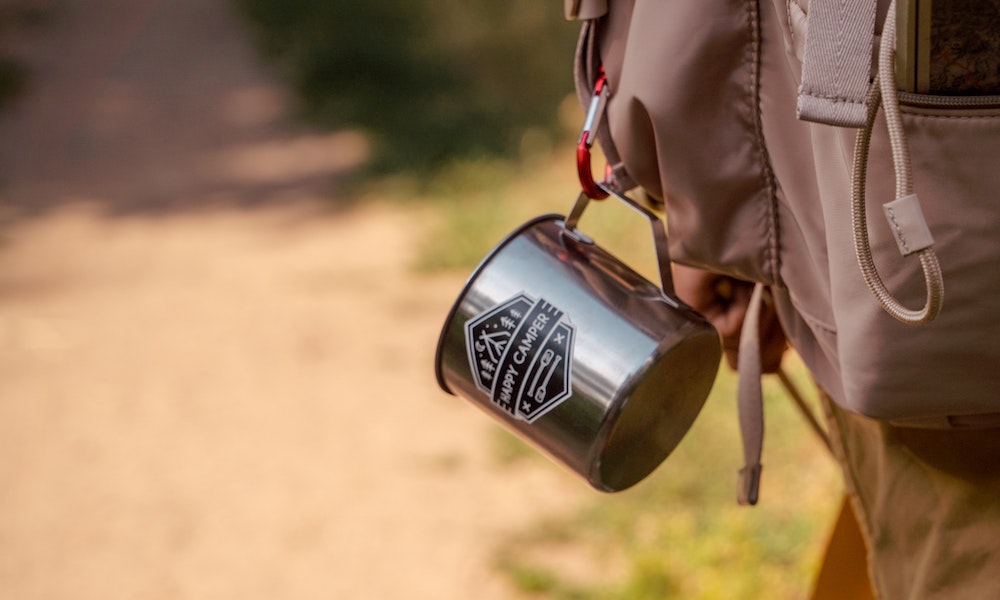
2. Equip Yourself Right
Having the right gear can significantly influence the outcome of your solo camping or hiking trip. Essential items include a quality backpack, tent, sleeping bag, hiking boots, and cooking equipment. Also remember to pack a first-aid kit, multi-tool, headlamp, and navigational tools like a map, compass, or a GPS device.
Depending on the location and weather, you may need additional equipment like insect repellent, sunblock, rain gear, or bear canisters. A crucial rule is to always carry enough water and food, plus some extra in case your trip takes longer than anticipated. When packing, balance between preparedness and keeping your backpack weight manageable, as you will be carrying all this equipment yourself.
Pack Smart
While packing, prioritize your needs based on the “Ten Essentials” – navigation, sun protection, insulation, illumination, first-aid supplies, fire, repair kit and tools, nutrition, hydration, and emergency shelter. These items are crucial for survival in the wilderness. Be mindful of weight but never compromise on essential gear.
Wear Appropriate Clothing
Ensure you’re appropriately dressed for the weather conditions you’ll encounter. Layer your clothing to accommodate changes in temperature throughout the day. Also, remember to wear sturdy, broken-in hiking boots to protect your feet and provide good traction on the trails.
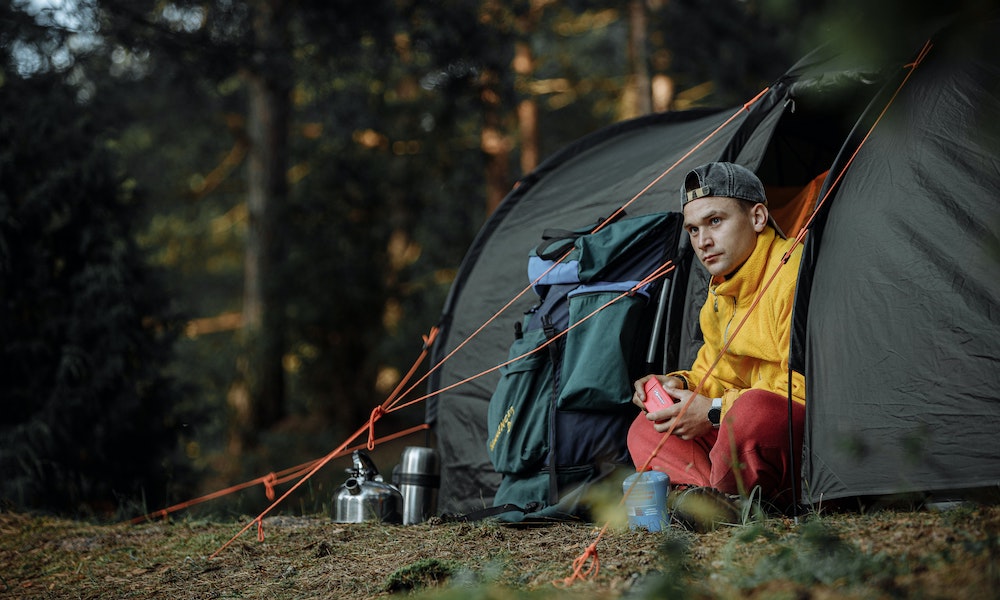
3. Learn Basic Wilderness Skills
Before setting out, familiarize yourself with basic wilderness skills such as navigation, first aid, fire-starting, and shelter building. These skills can be life-saving in an emergency situation. You should also learn to identify signs of weather changes, dangerous plants, and wildlife behavior.
Navigation
In outdoor settings, having a grasp on navigation without the crutch of modern technology can be critically important. Get to know the old-school methods of finding your way using navigation instruments such as maps and compasses. The ability to interpret topographical maps and grasp the significance of contour lines can be a tremendous help, especially in terrains that lack clear markings.
First Aid
Embarking on outdoor adventures sometimes comes with potential health risks, particularly when immediate medical assistance is not readily available. Possessing fundamental knowledge of first aid, which includes treating injuries like wounds and fractures, as well as responding to bites and hypothermia, is highly beneficial. It’s also crucial to have a comprehensive first aid kit on hand and to be proficient in its use.
Starting a Fire
Becoming adept at starting a fire without relying on contemporary gadgets is a vital survival skill. Fire plays multiple roles such as enabling cooking, purifying water, providing warmth, and serving as a distress signal during emergencies. It’s important to familiarize yourself with diverse fire-starting techniques and necessary safety practices to prevent any unwanted incidents associated with its use.
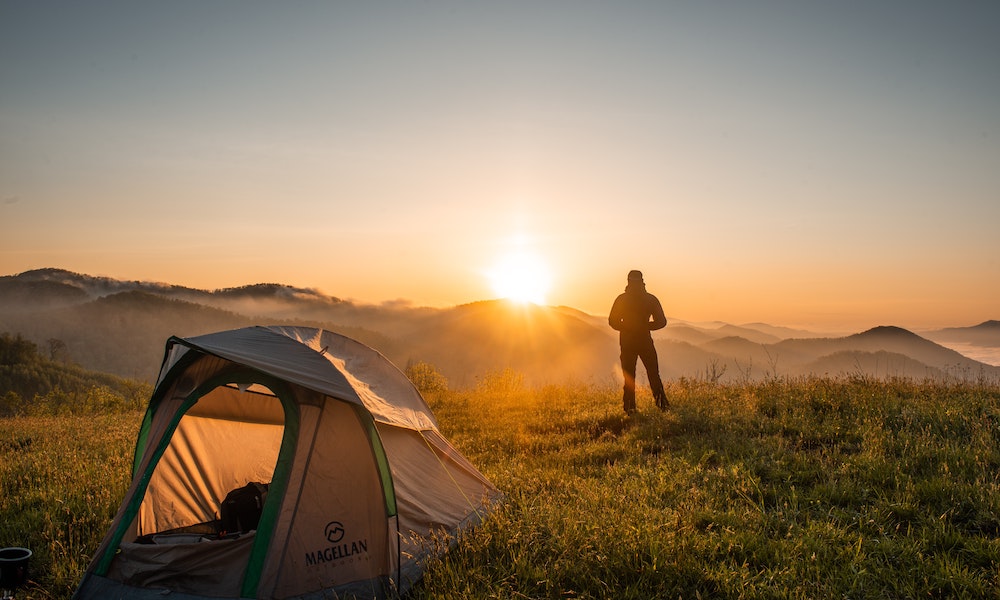
4. Prioritize Safety
When adventuring in the great outdoors, safety should always be your topmost concern. This entails a combination of preparation, vigilance, and making informed decisions. Start by informing someone about your plans including the location, expected duration, and members of your group.
Check the Weather Forecast
Weather conditions can change rapidly in the wilderness. Regularly check the forecast before and during your trip to avoid being caught unprepared in a storm or other adverse weather conditions.
Trust Your Gut
Listen to your instincts. If something doesn’t feel right, it probably isn’t. Whether it’s a risky river crossing or a sketchy trail, don’t hesitate to turn back if you’re feeling uncomfortable or unsafe.
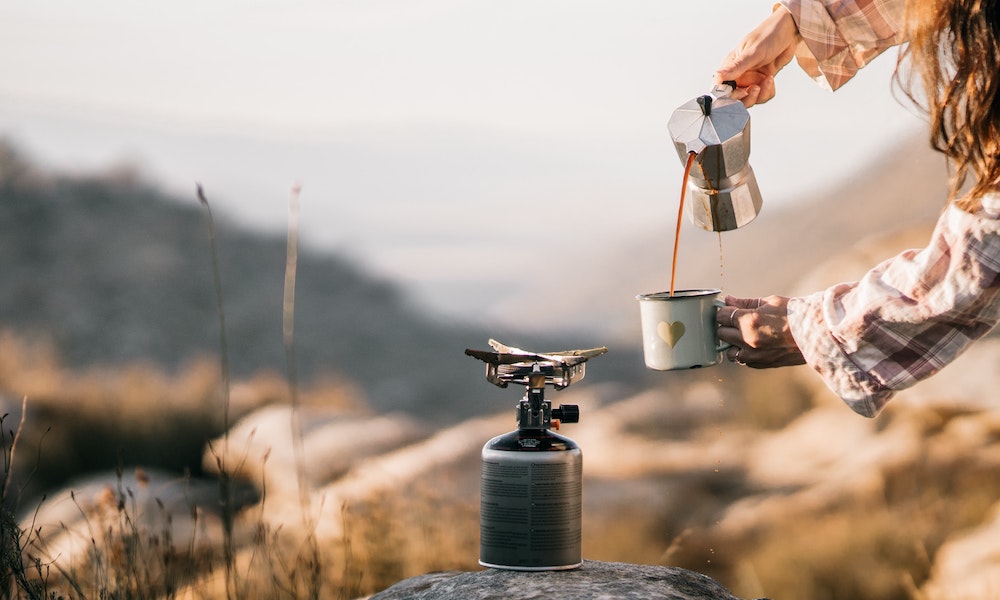
5. Stay Hydrated and Well-Fed
Staying hydrated and well-fed is crucial on any hiking trip. Pack enough water and high-energy, lightweight, and non-perishable food. Additionally, learn how to locate and purify water sources in the wilderness.
Choosing and Packing Food
Select food that is high in energy, easy to prepare, and non-perishable. This could include trail mix, dried fruits, nuts, energy bars, jerky, and ready-to-eat canned meals. Also, consider your nutritional needs – your body will need a good balance of carbohydrates, proteins, and fats. Be sure to pack enough food for your planned trip duration and a little extra in case of emergencies.
Hydration Management
Ensure that you carry sufficient water for your expedition, keeping in mind the balance between necessity and the burden of weight since water can be heavy. It would be advantageous if your chosen trail includes consistent access to dependable water sources.
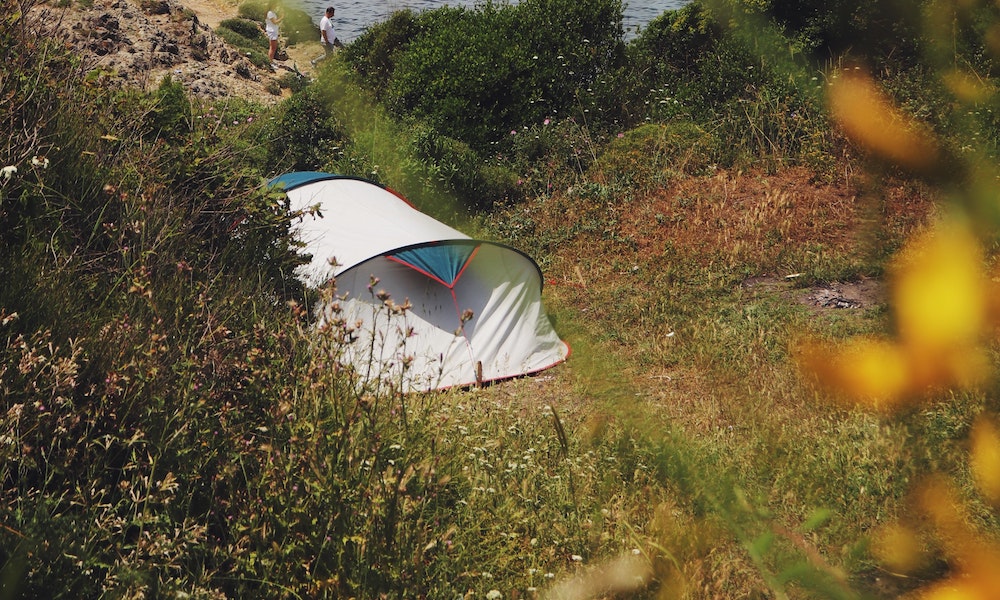
6. Leave No Trace
Respect nature by adhering to the Leave No Trace principles. These include preparing and planning ahead, traveling and camping on durable surfaces, disposing of waste properly, minimizing campfire impact, respecting wildlife, and being considerate of other visitors.
Planning Ahead and Preparing
Proper planning can prevent unexpected situations and minimize damage to the environment. This includes understanding and respecting regulations and special considerations of the area you are visiting, scheduling your trip to avoid times of high use, and repackage food to minimize waste.
Camping on Durable Surfaces
Remaining on marked trails and designated camping spots aids in the conservation of delicate ecosystems. It’s advisable to follow pre-existing trails and establish your campsite a minimum of 200 feet from water bodies like lakes and streams to safeguard riparian zones. When in more isolated locales, select camping spots on resilient surfaces devoid of vegetation.
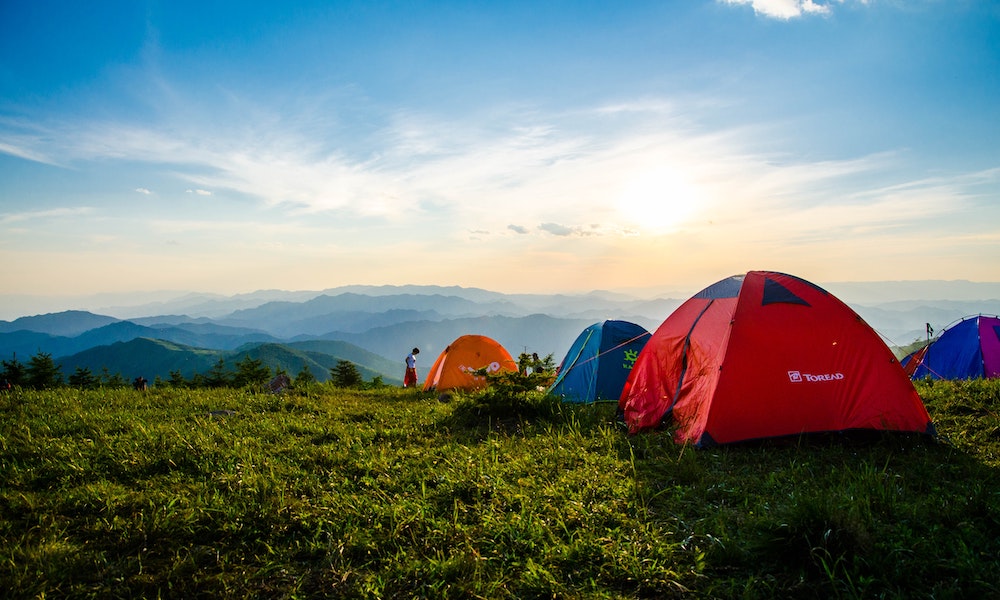
7. Connect with Other Hikers
When solo hiking, it’s not uncommon to meet other hikers on the trail. Don’t shy away from small talk. These connections can make your trip more enjoyable and provide an additional layer of safety. Other hikers can share valuable advice about the trail ahead.
Be Open to Interaction
Feel free to kickstart or partake in light-hearted conversations with other hikers. A mere hello, an exchange of smiles, or a short chat can significantly uplift your mood as well as theirs. These informal exchanges foster a sense of community and shared excitement among those who love the great outdoors.
Share and Receive Trail Advice
Other hikers can be invaluable sources of information about the trail you’re hiking. They might provide updates on trail conditions, alert you to potential hazards, or give insights on the best scenic spots. Similarly, sharing your own experiences and knowledge with them can be rewarding and can contribute to the overall safety and enjoyment of all hikers on the trail.
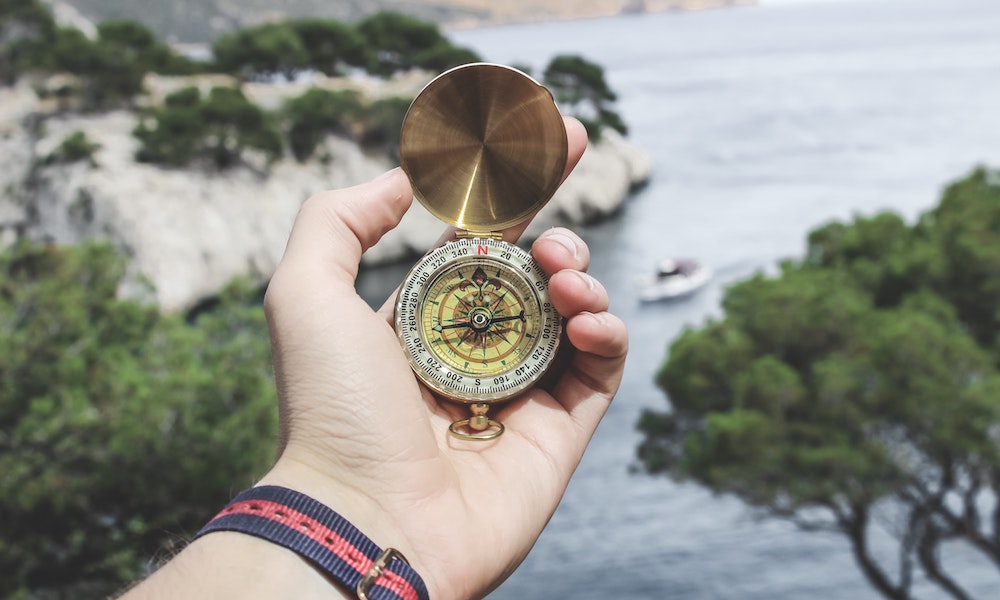
8. Use Technology Wisely
While technology should not replace skills and knowledge, it can be a valuable tool in the wilderness. Consider carrying a GPS, a trail-mapping app, or an emergency beacon on your trip. Remember to keep these devices charged and carry backup power sources.
Use of GPS and Trail-Mapping Apps
Navigational aids like GPS or trail-mapping applications can be helpful, especially when you’re venturing onto unknown trails or traversing wilderness areas with scanty markings. These digital tools can give you real-time feedback on your position, the distance you’ve covered, and even warn you if you veer off your predetermined path.
Emergency Beacons and Communication
Devices like a Personal Locator Beacon (PLB) or a satellite messenger act as vital lifelines during emergencies, enabling you to request help even in locations without cellular service. A satellite phone also stands as a useful communication tool when venturing into isolated areas.
Make sure to register your PLB and familiarize yourself with its operations before embarking on your journey. Consistently keep these gadgets powered, and maintain a backup power supply, such as a mobile battery pack or a solar-powered charger.
Related article: Is Technology Causing People to Be Introverted?
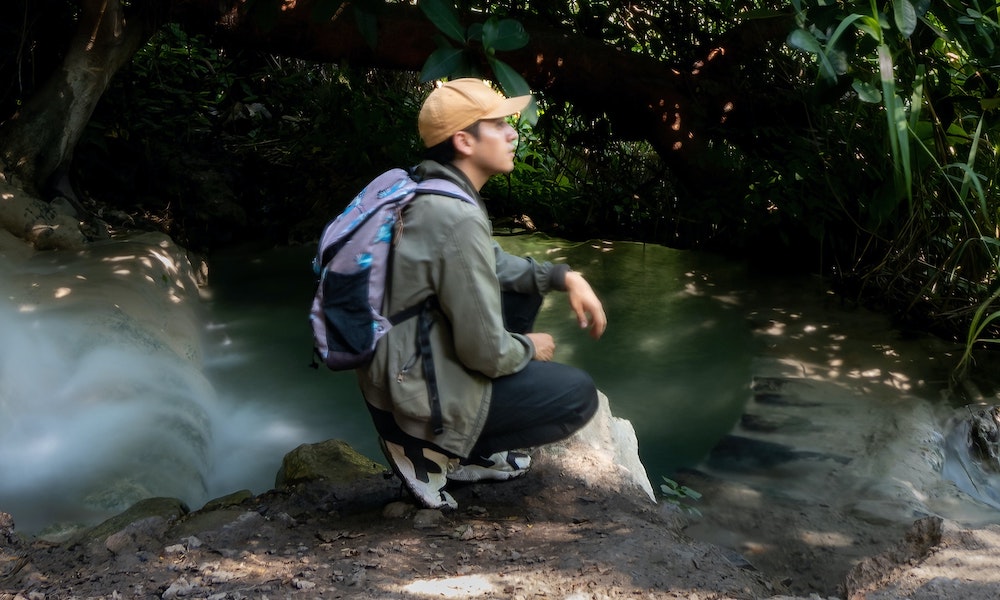
9. Enjoy Your Solo Experience
Finally, remember to enjoy your solo camping and hiking experience. Relish the solitude, the beauty of the wilderness, and the freedom to explore at your own pace. Use this opportunity to reflect, appreciate nature, and deepen your connection with the outdoors.
Valuing Solitude and Freedom
Solo hiking and camping inherently provide the gifts of solitude and independence. The peace encountered can act as a soothing antidote to the rush and bustle of everyday living. It sets an ideal backdrop for self-reflection, mindfulness practices, or simply savoring your own presence. Utilize this occasion to calm your thoughts, fully immerse yourself in the moment, and enjoy the liberation of navigating at your chosen speed.
Immersing Yourself in Nature
Embarking on a solo journey into the wilderness allows you to establish a deep, personal bond with nature. In the absence of external distractions, you may find yourself more receptive to your surroundings—from the leaf rustle underfoot to the melodious calls of birdlife and the soft murmur of the breeze in the treetops.
Embracing Solitude
A major advantage of hiking alone is the opportunity to relish in solitude. The peaceful silence can have a healing effect, providing a respite from the relentless noise of everyday life. This tranquil environment is an ideal setting for mindfulness exercises, self-reflection, or simply taking pleasure in your own company. Use this opportunity to tune in to your thoughts, closely observe your environment, and fully immerse yourself in the present.
Reaping the Rewards of Going Solo
Navigating the wilderness alone allows you to connect deeply with nature and your inner self. It fosters self-reliance, boosts your problem-solving skills, and gives you a sense of freedom that’s difficult to match. Each solo trip is a journey of self-discovery that teaches you something new about your abilities and preferences.
So, gear up, plan well, and embark on this rewarding adventure with an open mind and a spirit of curiosity. As you explore the great outdoors, you’ll also find yourself exploring the limitless potential within you. Embrace the solitude, the silence, and the stunning beauty around you, and make the most of your solo camping and hiking trip.
Sarah Lowe
Latest posts by Sarah Lowe (see all)
- What It Means To Be Privacy-Conscious - April 25, 2024
- How To Thrive as an Introvert in an Extroverted Family - April 18, 2024
- Learning To Say No as an Introvert - April 18, 2024





